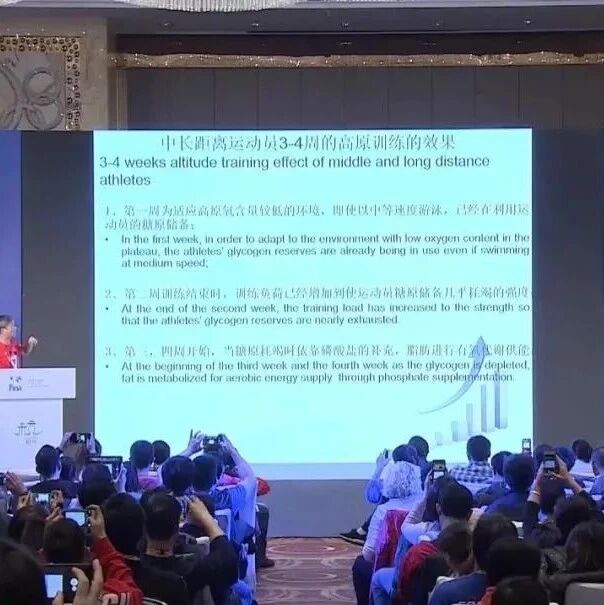Don't get stuck on the freestyle arm recovery—focus on transitioning smoothly from the hand flick to the elbow lift.
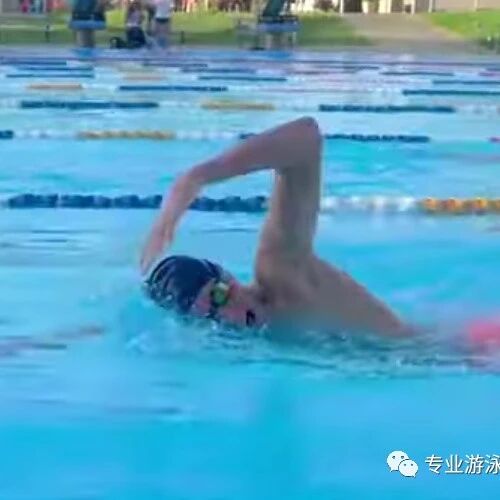
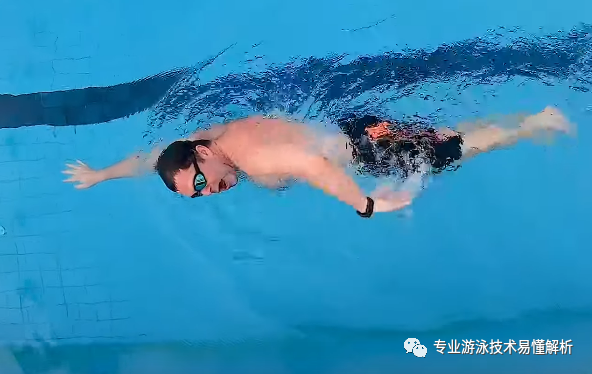
The propulsion in freestyle swimming primarily comes from the arm pull, followed by the leg kick. This is how a single stroke works, but when viewed over the entire swim, the key to forward momentum lies in maintaining an optimal movement rhythm. A well-timed rhythm minimizes the impact of limb movements on the body's balance, helping swimmers refine their symmetry—and ultimately enabling them to elevate their freestyle technique even further.
The swimming rhythm of freestyle
As your freestyle skills improve, your understanding of the swimming rhythm will gradually deepen—proof that the ultimate goal of the Total Immersion swimming philosophy is self-coaching.
Rhythm comes from the coordination of hands and feet.
In the beginner stage, rhythmic timing comes from the smooth coordination of your arms and legs—specifically, the sequence of arm pushing through the water followed by the flutter kick in freestyle. As you refine your timing, it becomes increasingly natural and precise. When executed just right, the combined power of your arm strokes and leg kicks creates maximum propulsion, allowing you to truly feel your body gliding effortlessly through the water.
Rhythm comes from turning the body sideways.
The focus in the improvement phase is no longer on arm propulsion through the water or freestyle leg kicks—but instead on how core strength influences the power of your arm strokes, and how body rotation affects hip rotation, ultimately impacting your freestyle kicking. As passive body rotation gradually transitions to more active, forceful movements—moving from the passive, water-assisted side-to-side motions during arm pulls and kicks to fully engaging your core to maximize its role in both arm propulsion and leg action—you’ll begin to experience a noticeable leap in your freestyle technique and overall performance.
Rhythmic sense comes from balanced relaxation.
Of course, the degree of body torso rotation directly affects the strength of that rotation—much like riding a bicycle, where the pedaling force clearly differs depending on whether your legs are fully extended or not. Everyone’s physique is unique,
It’s different—adults come in various belly sizes, so the range of body twists should be tailored to your individual physical conditions, ensuring you can effectively engage your core strength.
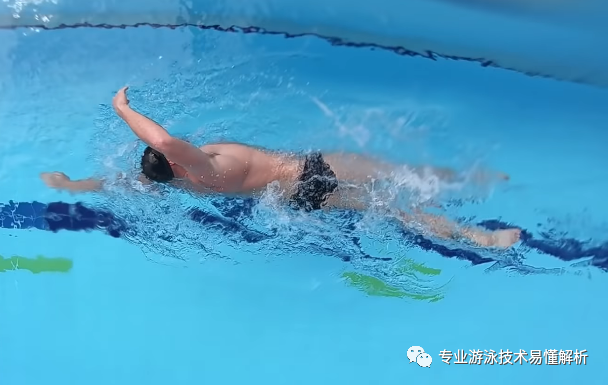
Speaking for myself, when I weighed 170 pounds, my freestyle pace consistently hovered around 2 minutes and 30 seconds. But once I dropped to 160 pounds, my pace naturally improved to about 2 minutes—making butterfly much easier as well. While freestyle doesn’t allow you to “float briefly” mid-stroke like breaststroke does, that doesn’t mean there’s no "rest period" at all. In fact, freestyle’s moments of respite come precisely during the "arm recovery" and "forward reach" phases.
Specifically, during the "arm recovery" phase of freestyle swimming, your body continues to glide forward due to its own momentum—essentially allowing your entire body to "rest." As one arm extends forward in the freestyle stroke, the side of the body corresponding to that "extending arm" is naturally in a state of "rest." Throughout the swim, pay close attention to this sensation of "rest," consciously relaxing as you do so. This mindful approach to rest will not only enhance your ability to generate powerful muscle movements in the next moment but also improve overall efficiency and fluidity in your stroke.
The arm movement should be smooth and natural.
It has to be said that many swimmers don’t execute the arm recovery in freestyle smoothly or naturally—this is partly due to issues with the recovery itself, but also because of the influence from the subsequent pull-through motion.
In traditional freestyle instruction, arm recovery is typically categorized into two methods: the straight-arm recovery and the bent-elbow recovery. However, these are merely external forms. The Full Immersion swimming philosophy, on the other hand, emphasizes how arm recovery influences the activation of internal body strength, advocating for a high-elbow recovery technique—but not for the sake of having a high elbow itself. Instead, the goal is to help swimmers better understand how their arm movements impact their overall power and efficiency during the stroke.
Arm recovery is constrained by the pull-through.
The strongest force is generated during the first half of the pull-through, contributing most significantly to forward propulsion. By the later stages of the pull, only the palm remains actively pushing against the water—though the palm hasn’t actually shrunk, its effectiveness has already diminished dramatically. Why is this? Consider what would happen if a boat paddle were designed with just the blade, completely lacking a shaft. Without the shaft, the paddle would lose its leverage advantage. Even if the blade itself didn’t shrink, the efficiency of the stroke would suffer because paddling performance depends not only on the size of the blade but also on the length of the shaft. Only when the force applied matches the surface area of the blade can the paddle achieve its maximum propulsive power.
The same principle applies to a ship's propeller: the size of the blade area and the number of blades must be carefully matched to the horsepower of the ship's engine in order to achieve optimal speed.
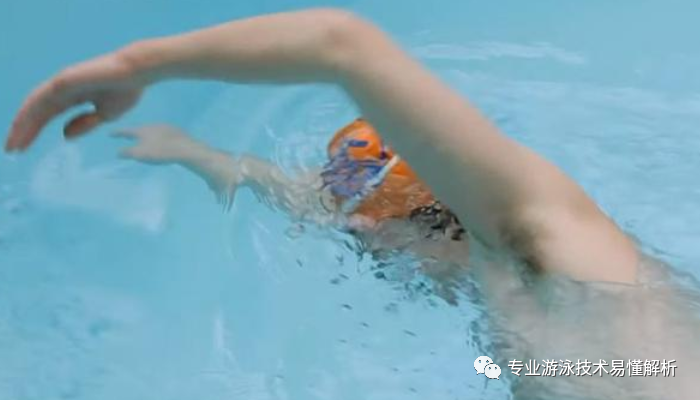
Therefore, in the later phase of the freestyle pull-through, don’t focus too much on pushing the water. Instead of pressing the water with your palm, simply guide your hand naturally upward and outward as it turns—letting your palm glide smoothly along the side of your leg. This technique helps minimize the surface area exposed to the water when your hand exits, ensuring a smoother, more effortless recovery motion.
To initiate the arm movement, first relax your strength.
Many swimmers fail to release tension in their arms during the recovery phase, keeping their arm muscles tight even after pushing off the water. While this might be acceptable for short sprints in freestyle, it’s crucial for longer-distance swimming: your arms must relax promptly as you recover, lifting only your elbows and allowing your arms to remain completely loose throughout the entire recovery motion.
Changes in the arm-swinging principle
The arm-sweeping principle should align with the body’s swimming rhythm. For instance, when first learning freestyle, the key is to quickly move your arms forward—this helps shift more of your body weight onto the front half, which in turn makes it easier for your legs to rise. However, many swimmers remember only to get their arms moving as fast as possible toward the front, forgetting that the crucial prerequisite is keeping the arms completely relaxed. Instead, they tense up and strain their arms in their rush to speed things up, effectively turning into a "whipping" motion. As a result, this quick arm movement loses its intended purpose altogether.
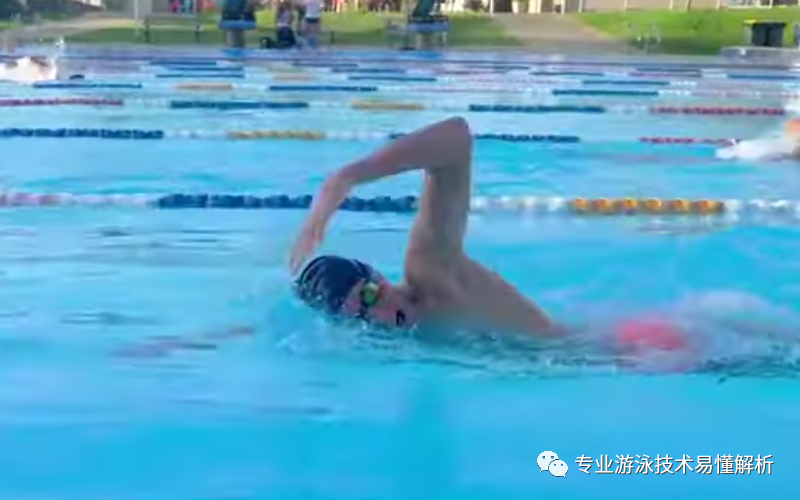
When you’ve reached a certain level in freestyle swimming, slow down your arm recovery. Just like the push phase, the recovery should be slow yet powerful—powerful because it involves "scooping up" the water throughout the entire motion. Meanwhile, a strong recovery means keeping your arm completely relaxed and "limp" during the process, allowing your arm’s own weight to work effectively against gravity. At this stage, feel free to adjust the pace of your recovery, fully embracing that sense of "rest" as your arm glides effortlessly through the water.
Once you advance to a higher level, the arm-pull principle becomes about smoothly and naturally moving your arm forward as early as possible. By this point, you’ve already mastered the technique of “resting” on one side, so there’s no need to pause during the arm-pull phase. In fact, every freestyle swimmer capable of effortlessly navigating vast rivers and oceans has perfected this skill. Pay close attention to those swimmers who maintain their pace right up until the end—though their movements may slow down in the final stretch, they’re still fully executing the “one-sided rest” technique. This is precisely why they’re able to sustain long-distance, cross-river swims with ease.
One WeChat official account shares swimming tips, while another focuses on software insights, online resources, and reading experiences.
Thank you for your supportive and encouraging likes, as well as the comments that spark meaningful conversations—and even more, we’d love to see those shares and retweets!
Related Articles
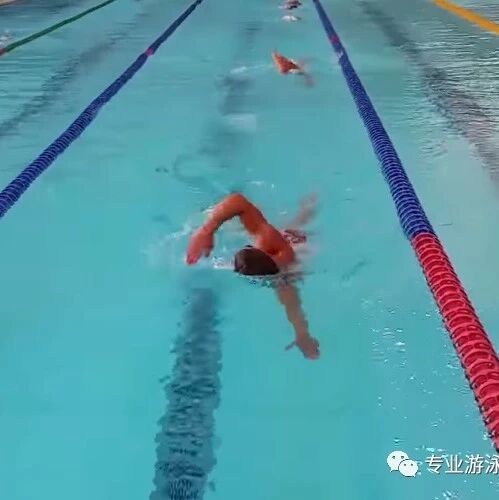
Continuing the discussion on exhalation in continuous breathing techniques, let’s explore the differences between exhaling through the mouth versus exhaling through the nose.
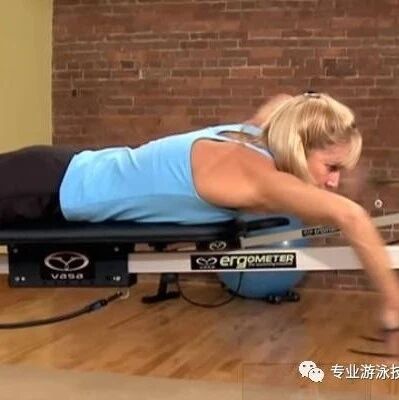
Improving swimming speed requires hard work on land—introducing simple exercises to build swimming-specific strength.
